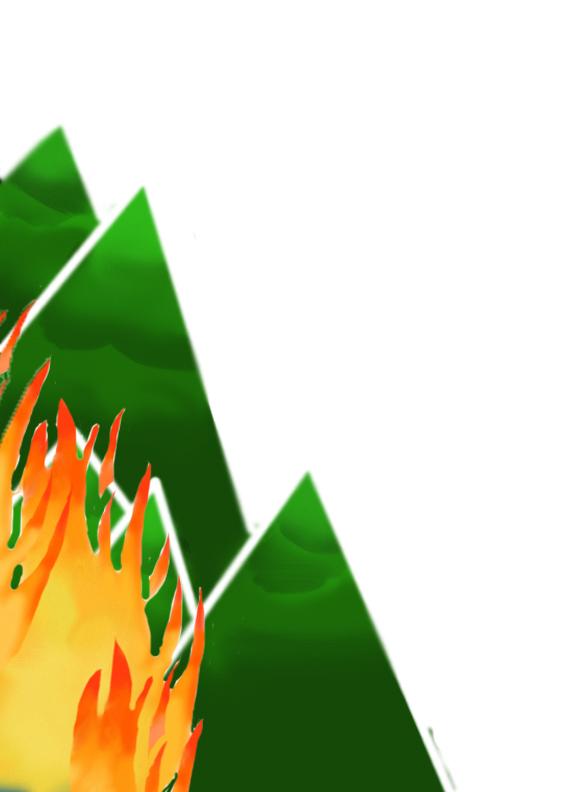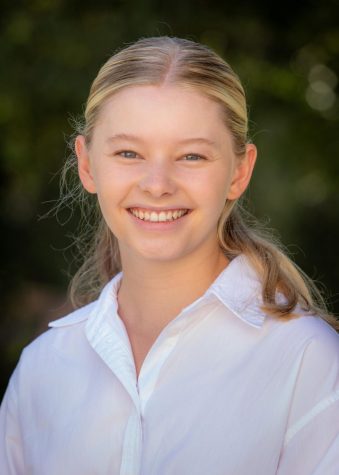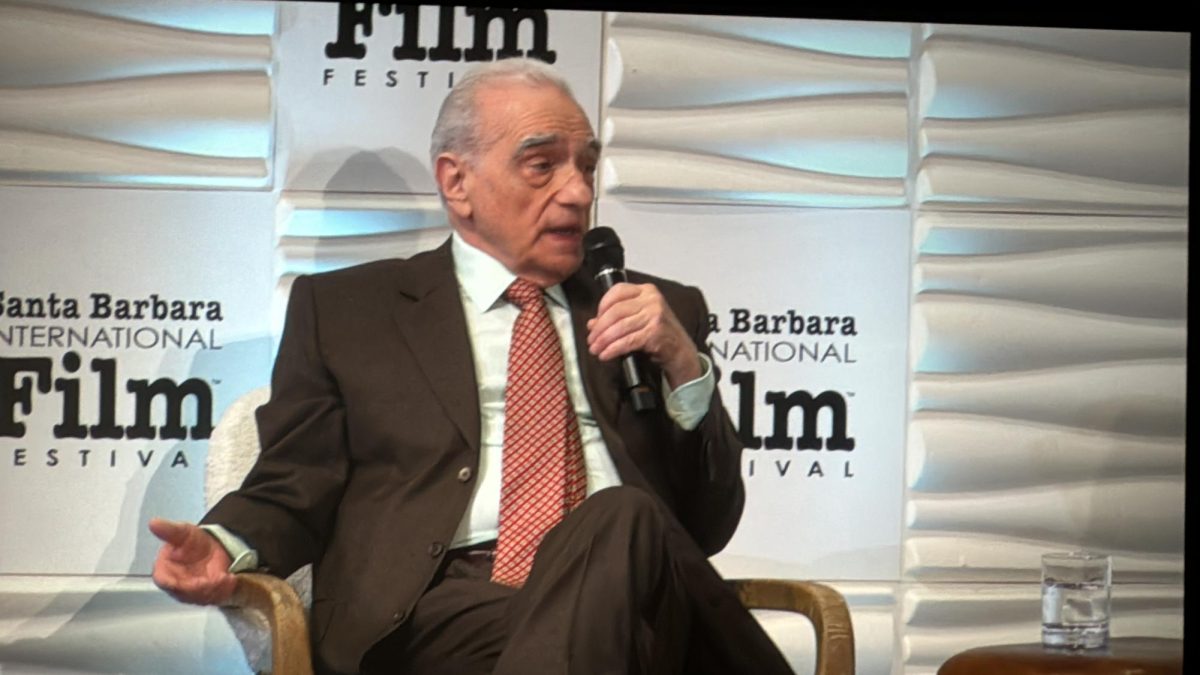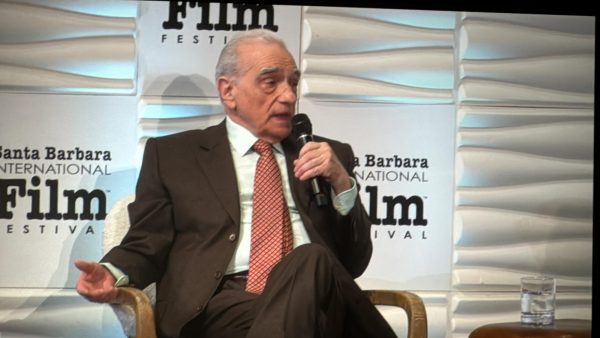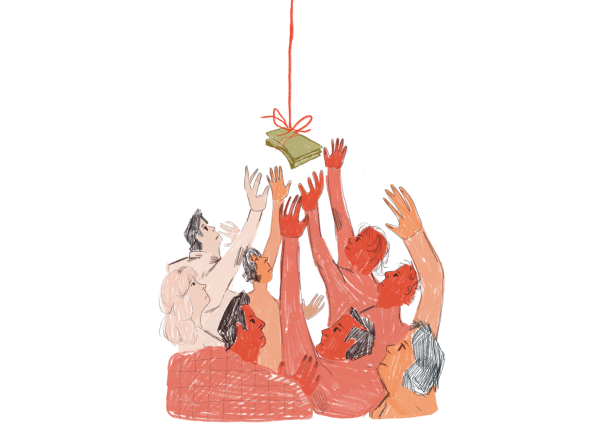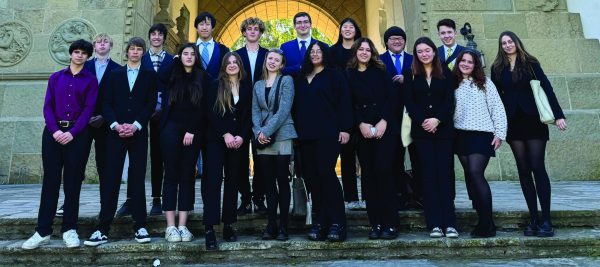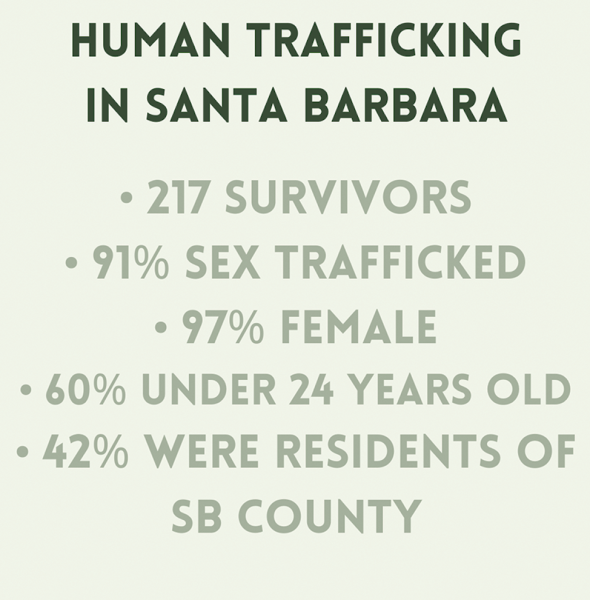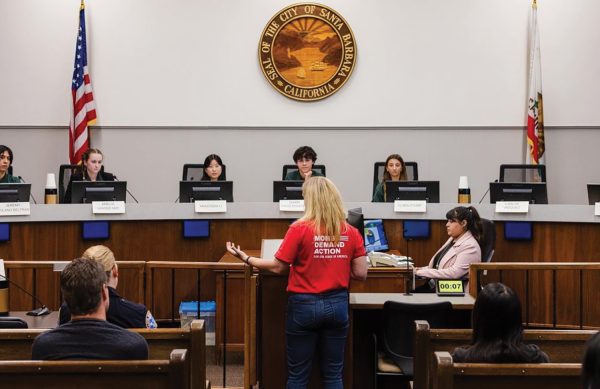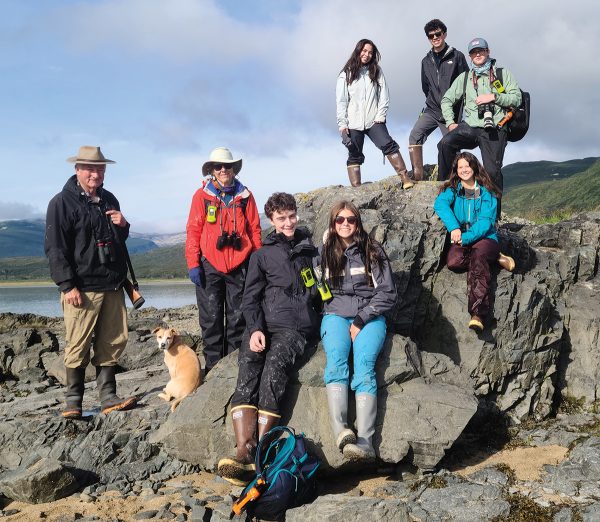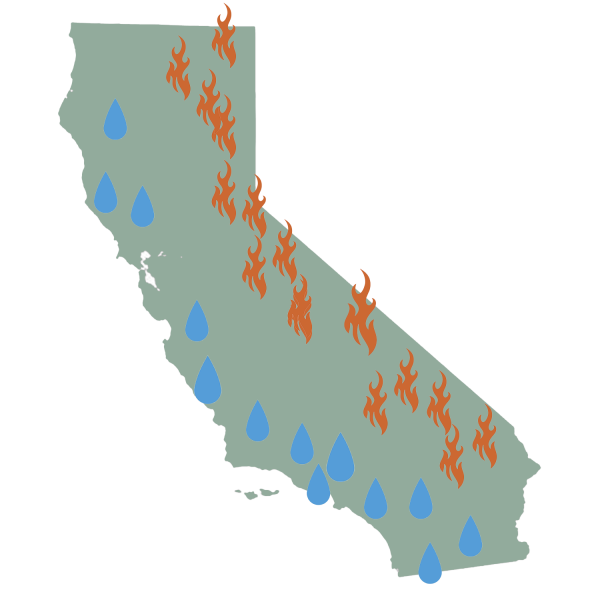California Wildfires
February 27, 2019
I woke up that December morning last year, just a normal day I thought but as I looked out my window. Instead of the usual golden light that comes streaming in, my room had turned a glowing crimson. I looked out at the sun, and it was red. Did I think it was the apocalypse? Yes. I found out shortly after, I was wrong.
Instead, it was the Thomas Fire, some 16 miles away from me, burning across the brittle, dry hills. My phone was exploding with alerts, and the TV was on with the local news displaying horrific pictures of the fire blazing next to the 101 Freeway in Los Angeles and moving towards Ventura. The same freeway that I have driven down a hundred times. It was like a bad dream or something you watch in a movie, definitely not something that happens in your hometown. A similar, terrifying order of events happened across hundreds of home all across the California coast that morning. The definition of wildfire is a massive, destructive fire that spreads quickly over woodland or brush. Over the next year, California learned exactly how destructive wildfires can be both physically and emotionally. The one word that rang throughout Santa Barbara for practically an entire year was the word evacuation. Just hearing it now causes many to spiral into a quick panic. During the Thomas Fire evacuation notices went out, some were mandatory forcing people out of their home, while some were voluntary. The homes under mandatory evacuated had to get out, leaving behind their entire lives, while those under voluntary evacuation orders were left with a gut-wrenching decision to stay or go.
Either way, lives were completely uprooted. The school was cancelled, ash was swirling around in the air and news reports just kept getting worse. Many were forced to live out of suitcases packed with carefully selected items. When evacuees left their homes, they had no way of knowing if they would ever be able to return to them.
Now, here we are, almost a year since the devastating Thomas Fire that wreaked destruction in our area. It was followed by several other wildfires. The wildfires started with the Thomas Fire. The exact date of its beginning is Dec. 4, 2017. It blazed for the entirety of the month and burned approximately 280,000 acres, which resulted in the death of a firefighter and destroyed upwards of 1,000 structures. The Thomas Fire stands out as the largest and longest of all the fires in the county we have seen in the past year.
It was also one of the largest fires that we have seen in California for hundreds of years. It was an emotional time for all of Santa Barbara and the surrounding area, but we came out of it more prepared, educated, and stronger as a community. The next California wildfires were the Woolsey and Hill Fires. These two wildfires both started at nearly the same time, around Nov. 8 2018, but are much different in terms of magnitude. In the Woolsey Fire, more than 96,000 acres were burned, 1,500 structures were lost and three civilian fatalities. Though Woolsey burned fewer acres than the Thomas Fire, it destroyed more buildings and took more lives. In comparison, the Hill Fire was in the same county and burned 4,500 acres, only four buildings were lost and no evacuations were issued. Last, but not least, is the Camp Fire considered to be the deadliest and most destructive wildfire in California history. The Camp Fire issued under the Butte County a seven-hour drive from Santa Barbara. It burned approximately 150,000 acres, destroyed more than 18,500 buildings and residences and took the lives of 88 civilians and 3 firefighters. It was a horrendous and dangerous fire. These wildfires give us perspective of the world around us. Never again will we dismiss natural disaster in other parts of the world. For we all lived through a natural disaster. So be prepared. Have an evacuation bag packed? It doesn’t matter where you live or how many times you have previously been evacuated — it can happen again. Do not wait for disaster to strike to catapult you into a frenzy of preparedness. Think ahead. Keep yourself informed, educated, and always be thinking ahead. Take this past year and learn from it. Take the emotional lessons we have all been taught and use it to plan.
An interview with Head of School Rob Hereford reflecting on the Thomas Fire and the effect it had on Laguna Blanca and the difficult decisions he had to make during it.
Q: Can you touch on the hardships of having to make such big decisions on behalf of the School during the Thomas Fire and evacuations?
A: Because your decision impacts so many people you want to be really thoughtful and want to make sure that what you’re acting on is not whimsical or just an impulsive feeling, that you are using really thoughtful information. It’s a case by case basis and in that case, it was very serious circumstances. There was going to have to be a dramatic turn around in such a short period of time so it felt right to make the closure for five days at a time. The fact that it backed up against a holiday made a big difference. I probably would have been more cautious if it had been a random weekend in October, but.. I think each of these (evacuations) are going to have to be approached individually. When I think about the decisions we made closing the Lower School, it’s the same thing. We didn’t want to have to be faced with that repeated decision throughout the spring. The ability to be at Girls Inc. and be out of that whole loop of decision-making was such a relief. As I’m reliving all of this in my head I’m thinking about these things and it’s all coming back to me, what our thoughts were. It’s so strange to relive all that stuff now that we are at this point.
Q: On a more day-to-day basis, what are some of the things you take into consideration concerning school fire safety?
A: We have to be ready to act in a moment’s notice. If something comes up we need to be prepared to move kids and evacuate to the fields if something goes on up here. Just making sure we have systems in place to respond when something happens. It’s having procedures and following them whether it’s fire or some other reason to shelter. It’s making sure we know what to do rather than screaming and panicking. Shane Lopes has been our safety coordinator for the last few years and has put in place a really nice set of structures so that everybody does have a plan.
Q: Do you agree that after the fire our community as a whole come out stronger and with a stronger bond? If so, how do you believe that affected our school life afterwards?
A: I agree completely. I think you can go one of two directions when that happens. Either you can become a stronger community or fractures that have been there reveal themselves and everybody falls apart. I think we were, in our school and in Santa Barbara, fortunate enough to see a community that bounced back really effectively. People came together, supported one another. I was really pleased at the way that we all responded, at the way the community supported us, as we supported each other. Even in the smaller causes of crises that I’ve seen here that’s been the case all the way along. It’s nothing anybody would wish on someone but it’s really terrific when that does happen that you come out the other side at least feeling like,W ‘We can do this again if we have to.’ No one wants to, but it’s great to know that you can get through it. It also gives you the belief, either as an individual or as an institution, that you can handle anything and that any source of stress is something that you may not enjoy enduring but you have the confidence in your strength faith in your well-being to get through it.



